Post Pandemic Possibilities for Educators
by Rona Wilensky, PassageWorks Institute //
When our country shut down in March 2020 to limit the spread of COVID-19, probably no profession, excepting frontline health workers, experienced the challenge more than educators. The overnight switch to virtual teaching was compounded by 14 months of continuous changes in how and when teaching would take place. If this wasn’t enough, educators faced the additional dilemmas of teaching students in the face of multiple police killings of Black people, political discord, and increasing natural catastrophes arising from climate change. The result is that, as this school year winds down, most educators are on their absolute last nerve.
Teaching has always been stressful. Too much to do and too little time and support to do it. Overwork and underpay. Enormous responsibilities, but almost no authority. And a political environment that expects educators to solve the myriad problems created by our country’s unwillingness to address social, economic and racial inequality. But this last year has taken stress levels over the top and it has morphed into actual job burnout for far too many, some of whom are wondering if they can stay in their career.
Perhaps the formal definition of job burnout, and its three major components, will resonate with you:
- exhaustion,
- a sense of inefficacy,
- the cynicism that comes from a lost sense of meaning and purpose.
Together, they destroy the capacity to perform.
The only real solutions to these occupational hazards for educators require systemic changes in working conditions and the social, economic and racial inequities within and among communities. That said, there are short term strategies closer to hand that can help. What might at first seem like mere band-aids placed on gaping wounds can become powerful antidotes to burnout if practiced collectively with small groups of colleagues, or as a whole school in response to this array of calamity.
Prioritize educator well-being
When educators are overwhelmed, exhausted, under resourced, and emotionally reactive, they have less capacity to 1.) support their students’ well-being and learning, 2.) to engage in positive staff culture, and 3.) to meet ongoing challenges. Add to this, the over-the-top stress levels of school leaders that radiate and affect each encounter they have, and it’s no wonder that teachers and staff strain to meet the needs of students.
A first step toward transformation begins with an understanding of, and commitment to, the principle that adult well-being is essential for student success and student well-being. It is the very foundation of educators’ capacity to create connection with students, inspire high performance in instruction, sustain longevity in the profession, and teach stress management and balance for students. Each learning community must make this commitment visible and real.
Start a conversation about setting boundaries
With or without your school administrators, you can engage some of your colleagues in conversations about what policies and norms in your school get in the way of adult well-being. Together you can identify the “low hanging fruit” that can lead to immediate change. In the before times (pre-COVID 19), that might have included limits on emails after hours, declaring some “no meeting lunches” each week; or setting norms to limit early arrival and staying late. Under current conditions, any list you create with colleagues will look different. Making a list of new boundaries can start the conversation with leadership and become the basis for a dialogue with wider school community.
If you start such conversations be sure to also discuss how best to make it acceptable to set personal boundaries and “say no”. Since there is virtually no limit to the needs of students and families, it is essential to get real and make it professionally acceptable to admit that boundaries are needed to protect educator well-being. Identify the specifics of what gets in the way of “saying no” in your building and also explore the thoughts and emotions that arise when you begin to consider taking time to take care of yourselves. Sometimes guilt or fear of being selfish lead educators to say yes when they should say no. Bring your thoughts and emotions into the light and explore where they came from and whether they are accurate or helpful. Take time to unpack the idea that “self-care and educator well-being is not selfish“.
Affirm identity
To include all adults in the building in a culture of wellbeing, it will be necessary to explicitly create a community in which all your colleagues (as well as students) feel seen and heard and are valued for all parts of their identity – racial, ethnic, gender, sexual orientation, first language and more. Taking the time to learn about each other and to find out what does and doesn’t affirm each individual’s identity is essential for creating the psychological safety that is a key ingredient of wellbeing.
Invest in relationships and community
If we didn’t believe it before, we now know that we humans are social beings. We need each other for physical survival and we need the emotional connections between us for flourishing. As you go forward, figure out how to build time and structures into your work and personal lives to strengthen the bonds between you and other individuals, within the groups you belong to and across differences to members of groups you don’t. These are the ties that will see us through the inevitable challenges that the future holds.
Learn practices and skills that support presence, attention, patience, mindfulness, compassion, kindness and gratitude
As it begins to seem possible that we will emerge from the worst of the pandemic’s constraints, we can all benefit from a tune-up on the social and emotional capacities that contribute to our individual and collective wellbeing. The Shambhala Mountain Center has a wealth of programming that can help; take a look and follow your inspiration. Please consider the upcoming Introduction to Mindfulness for Educators class that I will be teaching starting June 8 that will introduce you to a wide range of practices to pause and connect with yourself and others. Visit the website of the Greater Good Science Center and check out the Mindful website for other resources. Whatever you decide, may you be well. May you find your way.
About the Author:
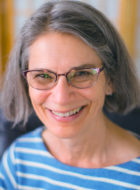
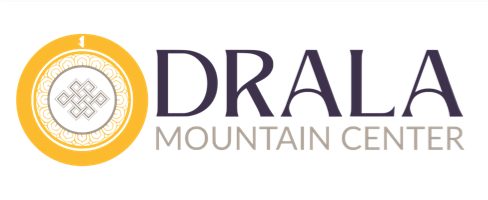
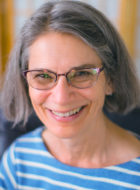


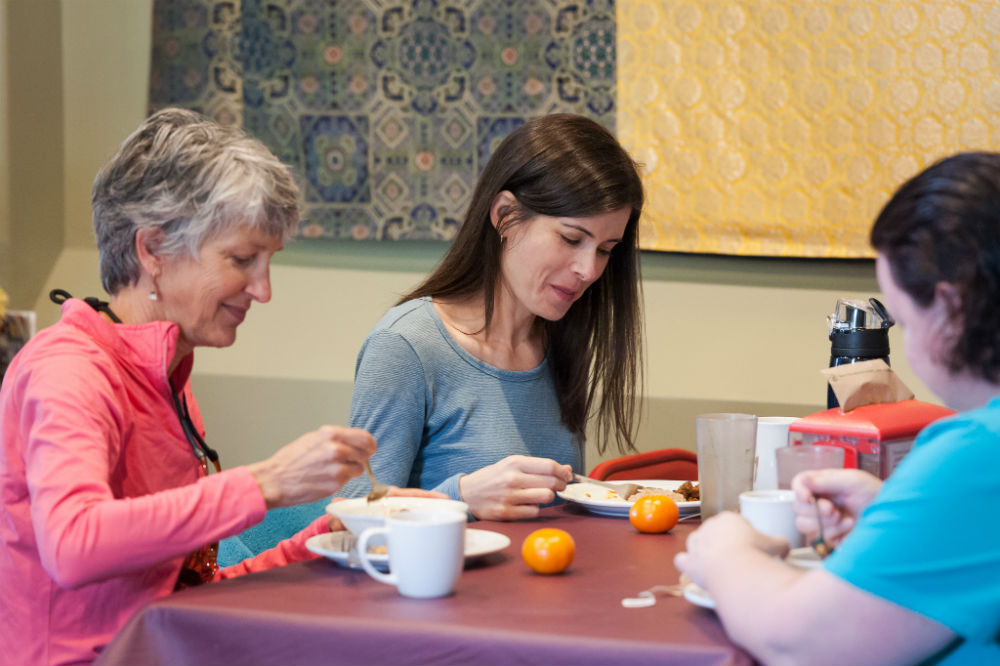
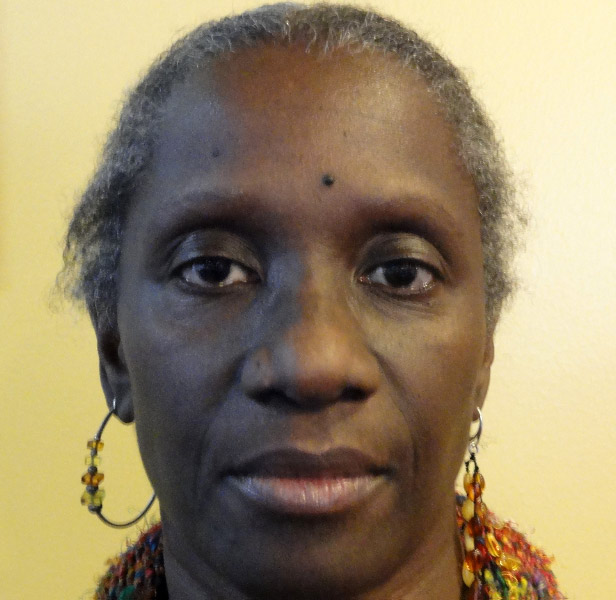
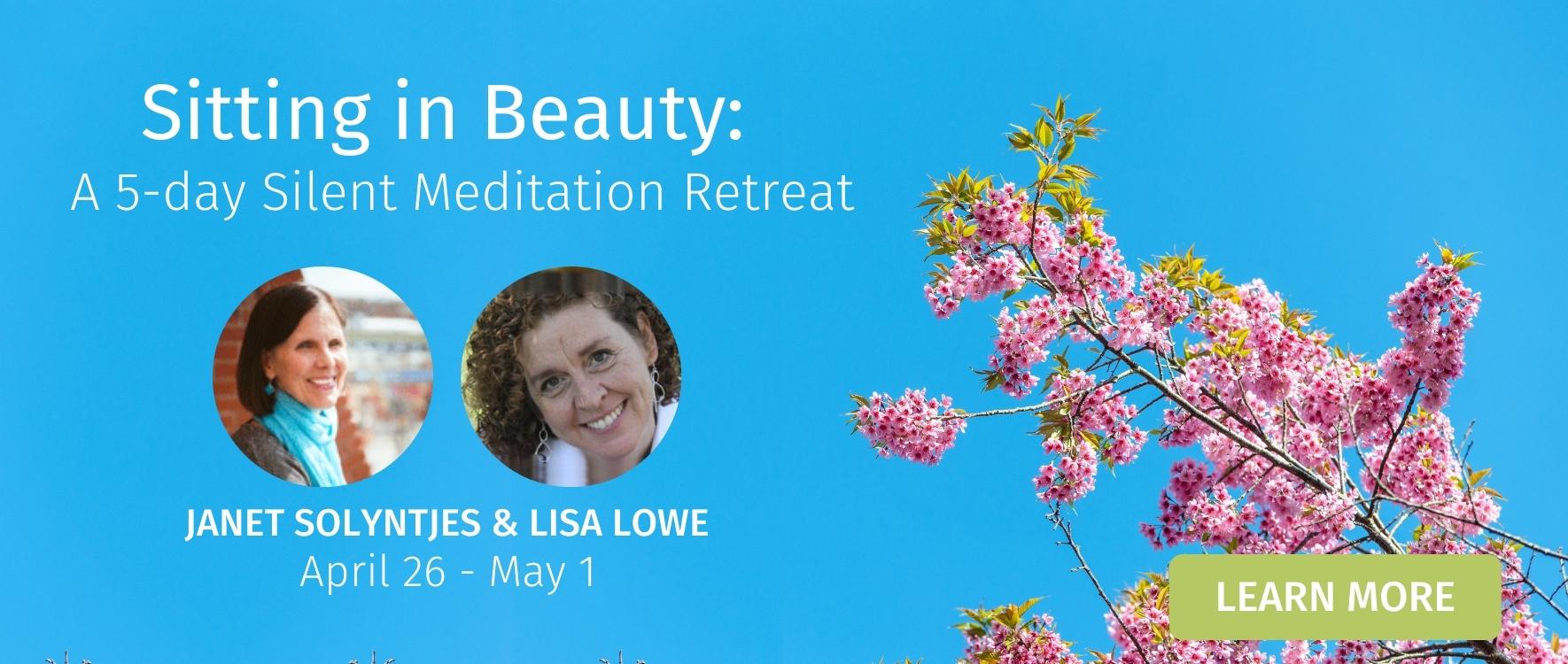
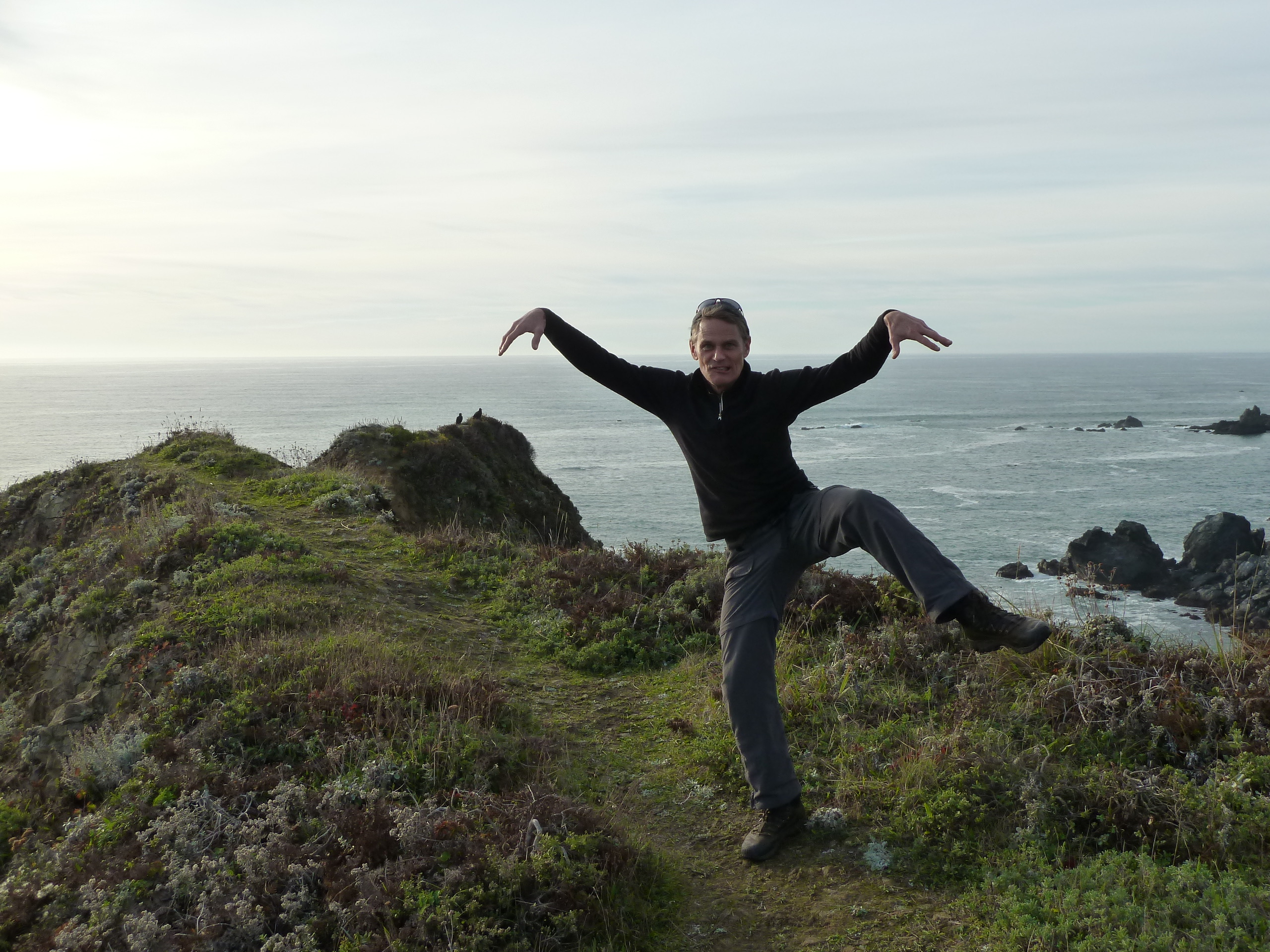

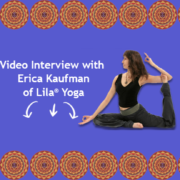
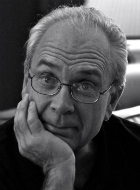
Leave a Reply
Want to join the discussion?Feel free to contribute!